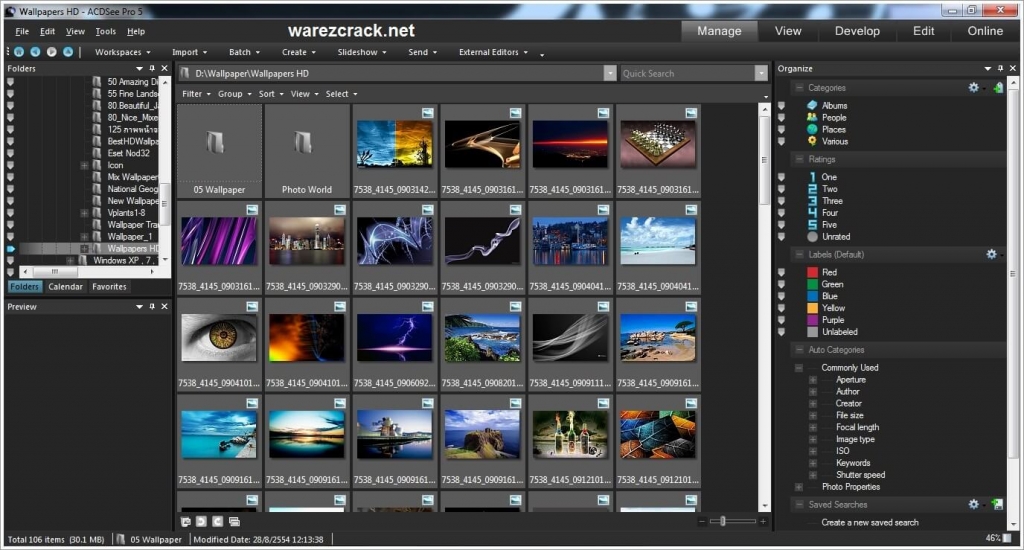
For example, landscapes could be categorized by where it was taken, what the landform is, the season, the dominant ecosystem, etc. But, this preference is individual, one person’s category can be another person’s keyword, and vice versa.Īs an example, here are some different potential category structures:Īnimals → Birds → Norwegian Blue Parrot photosĪnimals → Birds → Parrots → True Parrots → Norwegian Blue Parrot photosĪnimals → Birds → Parrots → Dead Parrots → Stunned Parrots → Ex-Parrots → Norwegian Blue Parrot photosĬategories can be used regardless of your type of photography, just tailor the blueprint to your subjects and needs. I prefer not to go all the way down to species level, instead putting that information into keywords. These are subcategories of broader types of animals, like Canines or Wading Birds, which fall under even broader categories, like Mammals and Birds. Using wildlife as an example, I use descriptive subcategories to group together animals by their common names, like Foxes or Herons. Start with broad groups, and then narrow it down using subcategories to more and more specific ones. I recommend you start by sketching out your category “blueprint”, thinking about the types of photo subjects you have. There is no single right way to do it, pick a system that makes sense to you that will help you find your photos as quickly and easily as possible. Your category structure can be as simple or complex as you like, and a photo can be a member of multiple categories and/or subcategories. Each category can also contain subcategories groups within groups. That “something” is decided by you, it could be the type of subject (Animals, People, Landscapes), colors, countries, or anything else you dream up. Think of categories as groups of pictures that share something in common. I challenge you all to work it into a conversation! Yes, “lepidopterologist”, one who studies butterflies and moths.
#Acdsee photo editor 10 guide how to
In this article, I’ll teach you how to use the Categories feature to help get you organized, so you can make sure that the ornithologists get the right bird photos, the herpetologists get the right ‘gator photos, and the lepidopterologists get the right butterfly photos. ACDSee Ultimate 10 provides a variety of features that help quickly sort, categorize, tag, and find your photos.


This can often feel like a never-ending task, so anything to speed it up and make it easier is welcome in my digital darkroom. This way you can find your images and get the right ones to those who will be using them, such as conservation organizations, wildlife biologists, government agencies, or your own personal projects.īut, if there is one task that nearly every photographer avoids, it is keywording and organizing those images. As your image portfolio grows, it becomes more and more important to have a good system for categorizing and keywording your photos so that once you have found a home on your hard drive for them you can find them again.


How would you describe the subject in this photo? As a Fox, a Red Fox, or Vulpes vulpes? Baby, pup, or kit? Animal, mammal, canine, vulpine? The answer is all of them, and more! With wildlife photography there are many ways to classify and describe an animal.


 0 kommentar(er)
0 kommentar(er)
